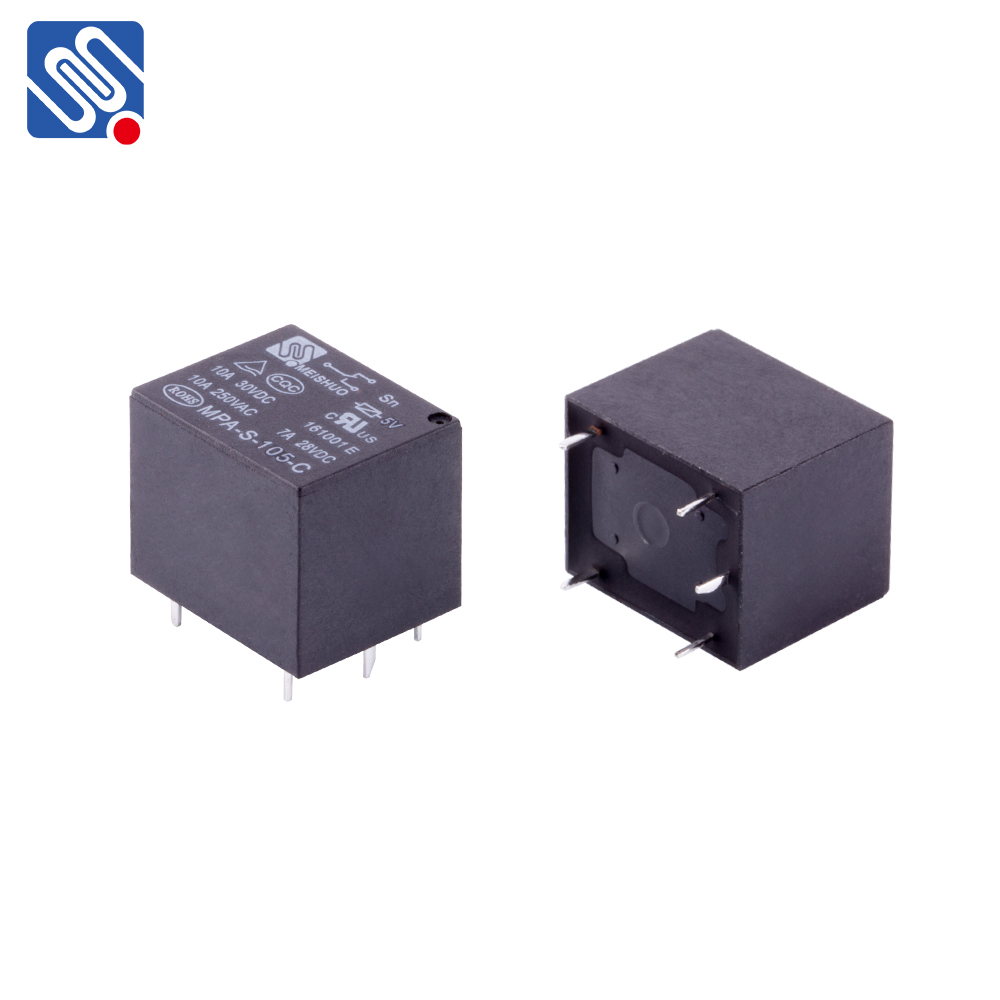A switch relay is an essential electrical component used in various control and automation systems. Its primary function is to act as an intermediary switch that enables or disables a larger power circuit, often remotely or automatically. The relay is designed to work with an electromagnet, which controls a set of contacts that open or close the circuit, depending on the presence or absence of electrical current. This article explores the mechanics, uses, and types of switch relays, emphasizing their importance in modern electrical and electronic applications.

How a Switch Relay Works The operation of a switch relay is simple yet highly effective. The core component of a relay is its electromagnet, which generates a magnetic field when energized. This magnetic field attracts a metal armature, causing a set of electrical contacts to either close or open. When the coil is powered, the armature moves, and the switch is activated, allowing current to flow through the circuit. Conversely, when the coil is not powered, the spring-loaded contacts return to their original positions, breaking the circuit and stopping the flow of electricity. In this manner, relays can control high-voltage or high-current circuits using low-voltage, low-current signals. This makes them particularly useful in automation and control systems, where they can handle the switching of large loads without requiring manual intervention.